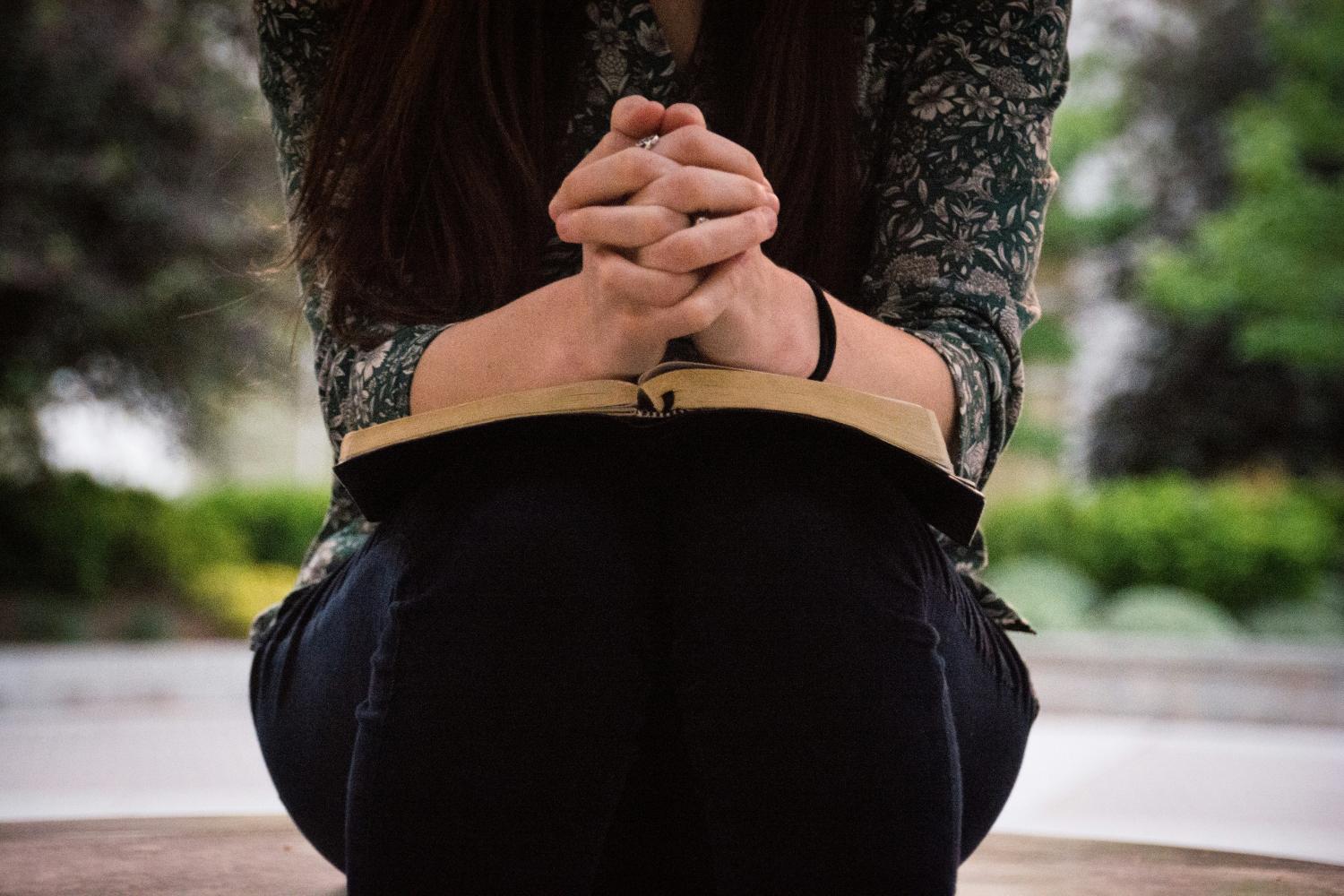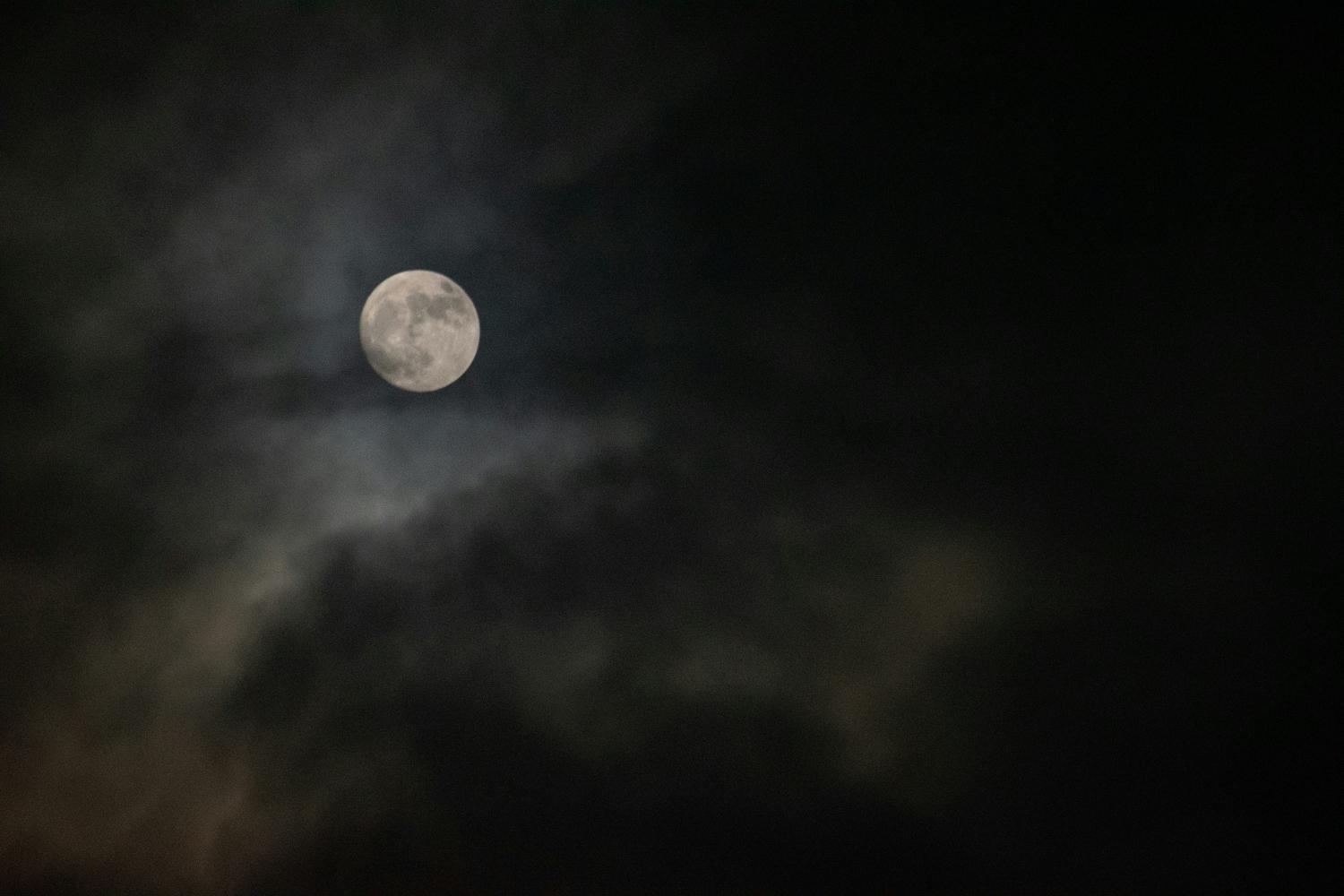Setting > The Unnatural
Oshtigwanegon and its surrounding area are home to a number of unusual creatures—and some of them also double as upstanding citizens. Of what’s detailed below, in addition to humans, playable characters may be vampires, werewolves, witches and demonblooded, as well as custom cryptids on a case-by-case basis, so long as they have the ability to pass as human.
Outsiders
Residents of Oshtigwanegon define themselves by the fact that they live there and are suspicious of all outsiders. People from nearby towns come to Oshtigwanegon to run errands, to visit relatives, or to hunt deer in the woods, and generally they are treated as though they are residents. People from the big city or places even further away, however, are immediately distrusted and residents of Oshtigwanegon will do just about anything to make it clear to them that they are not at home. Despite the lovely wooded hills around Oshtigwanegon and its bounty of outdoor recreation, there is no tourist industry to speak of. Even outsiders who come for innocent reasons are looked at judgmentally, and it’s clear that they don’t belong.
Cryptids
It’s dark out in the Oshtigwanegon countryside, and occasionally people see some weird things out in the woods or the fields at night. Was that just someone’s cow moving quickly in the dark—but how could a cow make that big weird pattern in the cornfield? And that big hairy shape in the woods didn’t look like any kind of bear you’ve ever seen.
Legend has it that the French fur trappers who came through the area centuries ago trapped some very odd creatures, and occasionally hunters will still turn up something strange. A deer with a third eye in the middle of its forehead. A large shaggy black beast with lots of teeth that might be a wolf or might be a bear. Things leave tracks in the woods that don’t match up with any creature. Or at least any known creature.
Faith-Healing and Miracles
People in Oshtigwanegon believe in the power of faith—both to smite and to heal. Now and again, you get a story like someone in the nursing home being miraculously healed of some ill after being brought communion, or a revival held by one of the evangelical churches restoring someone’s ability to walk.

There’s smaller things, too—there’s a certain undercurrent of local superstition that tends to read signs and symbols into every little thing, looking for God’s blessing or disapproval. The more cynical might grumble about con artists, but it’s not like they have a better explanation.
Vampires
Vampires occupy an interesting place in Oshtigwanegon–as creatures suspended in the stasis of undeath, they must go to great lengths in order to remain in town for extended periods of time. In a town this small, an unaging individual must find some way to either mimic the aging process, or leave town for a few decades before returning to the new generation living there. Vampires who began as Oshtigwanegon locals might naturally be attached to their hometown, both through their connection to it in mortal life and the resistance to change that sets in after a while of being undead. Luckily, vampires are not completely hindered from taking part in some semblance of ordinary life–stories that they go up in flames under the light of the sun are vastly exaggerated, although navigating the outdoors on a sunny day still isn’t the most comfortable experience.
The other significant complication, of course, is the blood-drinking factor, which vampires must take great pains to hide in a town this small. The nearest hospital with stores of donated blood is inconveniently far off, and while there are always farm animals outside of town, they are carefully accounted for by the farmers who depend on them for their livelihood. Luckily, vampires have some unnatural assistance in getting out of potentially awkward situations if they slip up. They are mesmerizingly charming, and it is very difficult to avoid falling under their thrall.
Werewolves
Werewolves are made, not born. The curse is transferred through contact with a werewolf that draws blood from the victim. As is widely known, werewolves transform from man to beast, but there are several common misperceptions. Firstly, werewolves are not wolves, nor do they exhibit the characteristics commonly associated with wolves. Namely, they are not pack-based creatures with hierarchies of leadership within those packs. And in a town as small as Oshtigwanegon, there isn’t a large enough contingent of them to form a pack anyway.
The “wolf” form is also not exactly a wolf. Depending on the lore, there are various theories of what the beastial form of the werewolf actually is–the Native Americans who lived in the area before there was an Oshtigwanegon, for example, have similar tales of strange, part-man, part-beast creatures. There is even disagreements among werewolves themselves regarding how they view their transformation.

Werewolves, by virtue of their beastial transformation, are supernaturally strong and have expert tracking abilities. They are also capable of speaking with animals, and communicating with various forms of nature.
The underlying thread, however, is that the werewolf carries with her the secret that she transforms into a beastial creature, with the urges and instincts that come with having an animalistic form. In this form, she splits her own will and reason with the monster, and while she does retain the ability to choose her actions, it is noticeably compromised. Werewolves can also transform at will, although there are situations in which they find it difficult to keep from shifting, including in times of emotional distress or anger, and of course when the full moon is out.
Witches
There are witches in this town—and, to hear them tell it, they date back to not long after the town’s founding. But the average person probably won’t hear them tell it, since the witches keep their identity secret. They know their work treads too far across the boundary of what people will accept as local folk medicine or superstition—because every single one of them has sold their soul to the Devil.

All witches show some kind of innate talent early on in their lives—what could be termed a psychic power or a special gift—but to learn true magic and call themselves witches, they must be inducted by a mentor and sign their name on the dotted line.
All magic, too, requires a sacrifice—often not at a cost to the witch, but to the town and its stability. While witches might clash with the devoutly religious townspeople, they are the ones who know better than anyone that the Devil is real, because he goes out of his way to seek them out. He’s always helpful, sure, and comes in the guise of a friendly stranger, but his help never comes free.
Demonblooded
The Devil’s influence in Oshtigwanegon starts at birth for some. Demonblooded are thought to be the Devil’s own descendants, directly or indirectly. It runs through family lines, though it often skips generations and occurs unreliably.
However, even if they can’t find another Demonblooded in their immediate family, all Demonblooded are subconsciously drawn to one another, perhaps sensing a belonging that they know they can’t truly achieve with people who weren’t born like them. And they want to belong—they’re at their most powerful when working with or leading a group, even as they lead that group into the corruption and vice that comes naturally to them.
Unlike witches, though, they’re not on good terms with the Devil—in fact, she could care less about them and thinks they’re a bit sad. Why work so hard to pretend you’re something you’ll never be?
The Devil
The Devil is ever-present in the minds of citizens. To most Oshtigwanegonians, the Devil is the enemy of God, and always tempting mankind to sin. People speak of the Devil often, using him as a threat for disobedient children, as an insult, or as a synonym for evil. Common idioms like “speak of the Devil” or “better the Devil you know” are even more common in Oshtigwanegon, and Oshtigwanegonians will frequently blame the Devil for personal tragedies. Some citizens believe in the existence of the Devil more or less than others, but none of them can deny his cultural significance in their town.

Most Oshtigwanegonians believe that the Devil exists, but only a few know that the Devil is real in this town. The Devil takes different forms, and looks to tempt mortal humans towards sin, evil, and independence. The Devil sits in the diner, and urges you to complain about poor service. The Devil dares you at a party to kiss a woman who isn’t your wife. The Devil bribes you to look the other way when he drives drunk. The Devil is a concerned mother, begging you to shoot to kill at the neighbor kid trespassing on your property.
The Devil is an outsider who somehow always blends in, and few people question his presence. She never takes the face of a real person, instead crafting a new persona, perfect for the situation. His motivations are unknown, not even to those she calls lovers (witches) or her descendants (the Demonblooded). Despite Oshtigwanegonians’ professed belief in the Devil, most would be shocked to find out that he walks among them. Luckily for them, the Devil is good at keeping herself a secret.